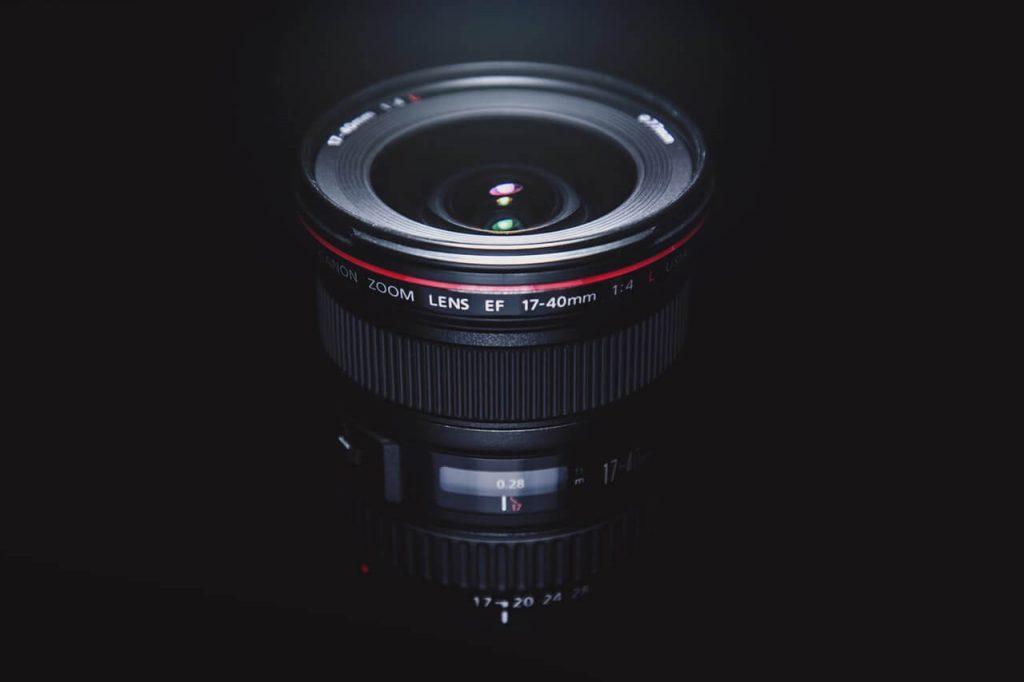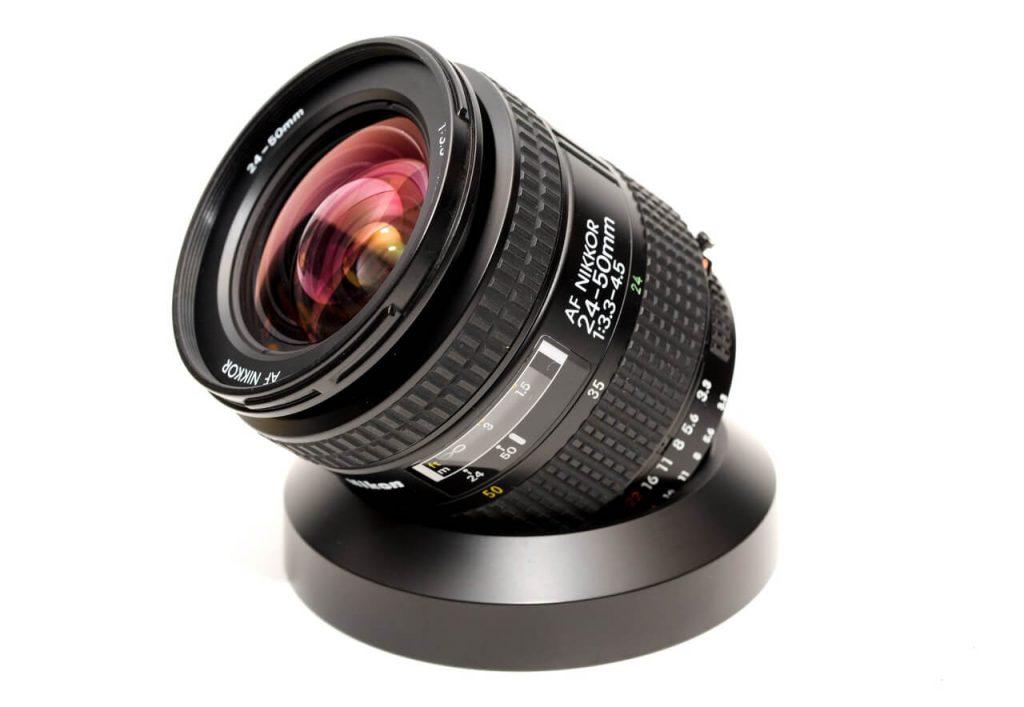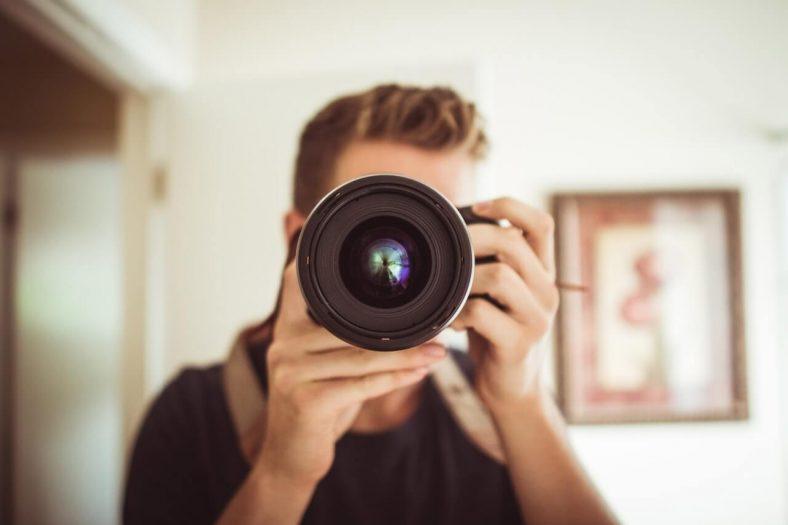Choosing the right and the best lens for your camera is a daunting experience. Camera lenses come in varying dimensions. When purchasing a camera, it comes with its lenses. However, these lenses may be interchanged with time.
Included camera lens
Often, the lens that comes with the camera isn’t top quality. Thus, to get a sharp capture, new lenses are needed. When choosing the lenses, one has to consider size and speed. The speed of the camera is crucial. It determines how fast a picture is taken and also the clarity of the image.
Lens size and speed
The size of the lens determines the speed of the camera. The size relates to the extent of the opening. The opening has also been termed an aperture. The larger the lenses, the faster the caption. Lenses available are marked with F4, F3.5, and smaller. The smaller the number, the quicker the lenses are.
Lenses marked with bigger figures are considered very slow. Usually, the speed of the lens determines the cost of lenses. The faster the lens is, the more expensive it cost. Most probably, the rate is also directly proportional to the weight of the lenses.

Budget
Everyone’s dream is to get the best lenses at an affordable price. But, when photography happens to be more than a hobby, the price is not an issue. When it comes to the lenses, weight and price go hand in hand. It is evident that the heavier the lenses are, the fast they tend to be. The principle applies to their cost also.
Either way, one has to decide what suits his or her needs. The existence of many different lenses gives one a favorable choice. Thus, advantageous pocket-wise. When making a purchase, one should opt for a lifetime lens. The lens will last long enough to give back.
Camera Features
Aperture
For a camera to suit one’s needs, its features should be epic. The opening of the lens comes first. It determines the amount of light that penetrates through. It is marked with numbers; F2.0 and even smaller numbers. The lower the aperture, the more it can concentrate a significant amount of light. Thus, the more brightness to the target scene.
Focal Length
The focal length is measured in millimeters. It is subject to the type of lens. The lenses may be telephoto or wide-angle. Telephoto lenses capture a subject from a distance. Telephoto lenses mask the length and bring the subject closer.
For an exceptional telephoto lens, an extra coin count. Wide-angle lenses give the sharpness of the target. It makes unnecessary subjects blurry.
However, large-angle lenses are light enough to carry around. One of the many other features to be considered is the zoom and prime lenses. Zoom lenses give a varied focal length whereas prime lenses produce quality pictures.
Compatibility
When purchasing lenses, one should consider choosing the appropriate size. Different manufacturers design different brands for different cameras. One has to be keen on the selection. Make sure the choice will attach to your camera uncompromised.
Therefore, it is advisable to know the type of mount your camera uses. Camera mount uses include Nikon F-mount. Different cameras are produced to use various size sensors. One is advised to select a lens mount that will provide a considerable image to cover the image sensor.

Type of Subject and the Theme
The kind of photography to specialize in determines the type of lenses to buy. The scenes and the subjects to be involved are also crucial. The interpretation of the scene portrays your perception of the image.
The choice of the subject gives an idea of whether to shoot in the light or dimly lit scenes. Whether in the street, Garden, or even landscape. Street photography suits any lens. A more discrete lens serves best in the street.
A discreet capture can take photographs without the subjects’ knowledge. The lenses with a focal length of forty millimeters are used to capture scenes in the street. At the garden, for family time with kids, a lens with a more pronounced reach opts.
A lens with more speed to keep up with children playing. The best lens for this is Canon EF with a focal length of 100mm suits best. When taking photographs of a landscape, a great focal length is needed. Clarity and the sharpness of the target are achievable.
A prime lens or a zoom penetrates through the scene to give quality photos. A zoom is most preferred even though. Fine-tuning is easier hence the sharpness and brightness of the subject. The lens kit needs constant replacement.
With time, even the best lenses start producing blurred images. It calls for a change. Speed and the aperture are primarily the determinants of excellent photography. A comparison of the best lenses helps one purchase the best feature-wise.
Conclusion
Upgraded lenses give the photographer the best exposure. It brings out the best in people’s hearts. Being able to meet human interest brings joy to the photographer. The creativity that comes with photography is fantastic.
With the best lenses, the photographer has the freedom of perception. Spending an enormous amount when making a purchase is okay. That is if the purchased lenses are long-lived. The lenses will deliver to your needs also.
Related Posts
